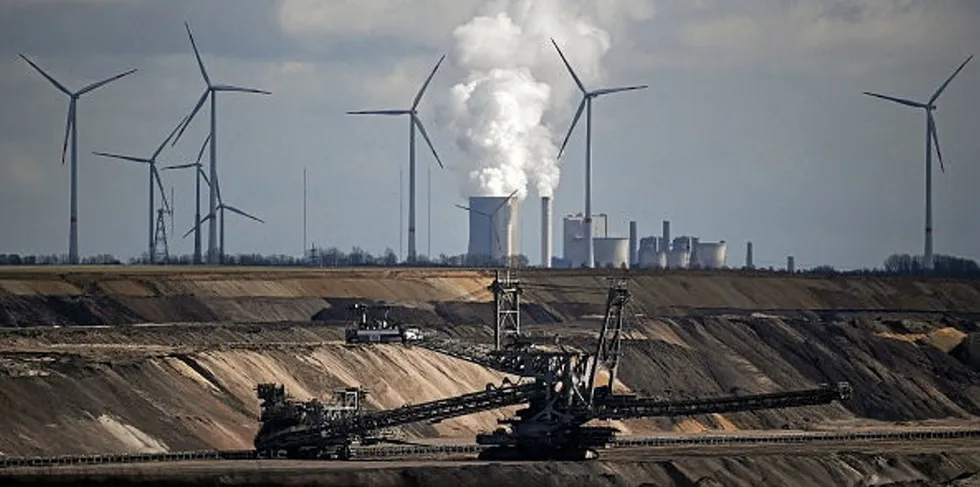Global capital spend of $173trn to 2050 in 'inherently uncertain' transition to net zero: BNEF
Annual investment in renewables will need to double to over $3trn a year if world is to get on track for Paris climate action targets, analyst's latest New Energy Outlook finds
